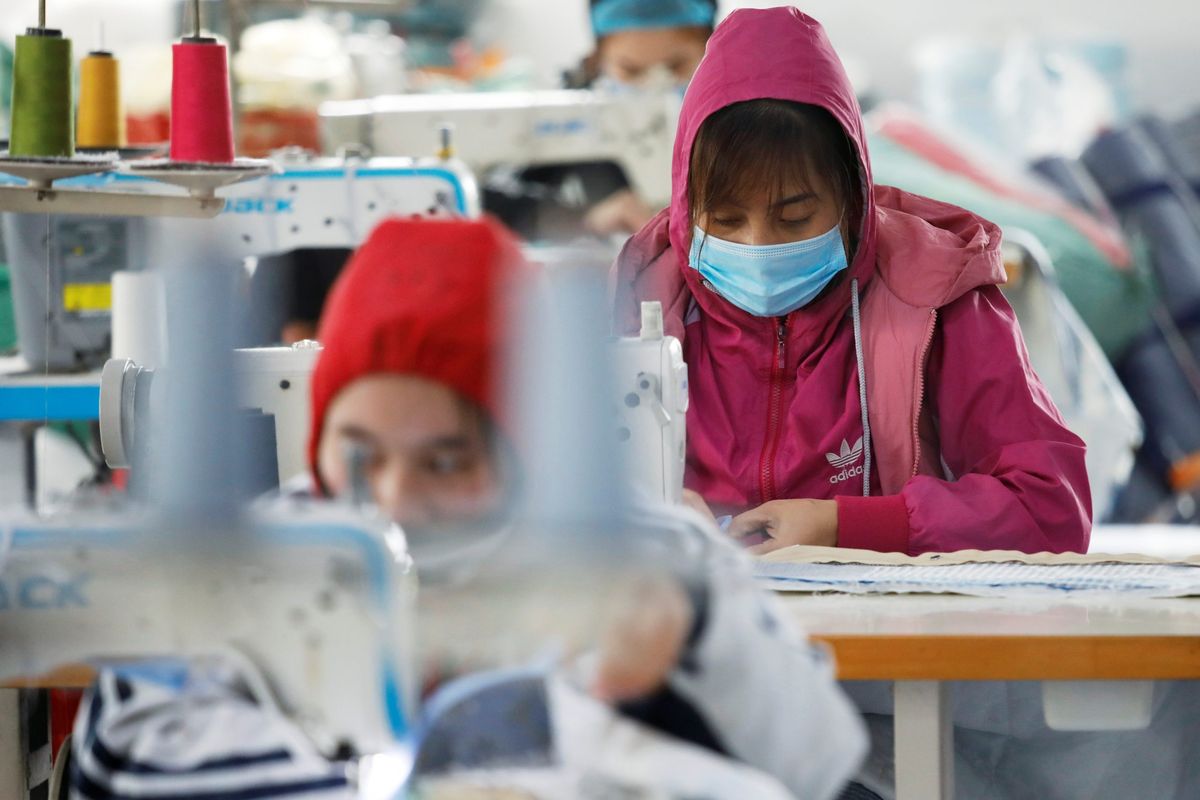Is Asia also facing a worker shortage?

A few minutes every morning is all you need.
Stay up to date on the world's Headlines and Human Stories. It's fun, it's factual, it's fluff-free.
“Asian markets are also struggling with labor shortages which are ultimately contributing to the greater global supply chain crisis,” explained Nikhil Parikh, CEO of Anise Partners LLC.
How is the worker shortage in the US?
- When the pandemic started, many companies had to lay off employees just to make ends meet.
- Now that these companies are in recovery mode, though, they’re looking to fill those spots again. But they’re having a pretty hard time getting people.
- There are several reasons and many theories about why this shortage is happening, but there are several main explanations.
- First, some argue that because the United States temporarily increased unemployment benefits, people had less incentive to work or try to get a new job. But those extra benefits expired nationwide in September, we’re now in mid-November and worker shortages are still persisting.
- Another argument is that because there’s a shortage of workers in the child care industry, these child care centers are having to increase the cost of child care services in order to cover the higher expenses. Instead, people who might have worked before are staying home to take care of their kids because it’s actually cheaper than going to work and having to find a place to take care of their kid.
- The other big explanation is that the pandemic gave people a lot of me time, making them ask existential questions and changing the way they view their lives and work. This thinking time made many question why the daily grind exists, and in response, many quit their jobs.
Is there a shortage happening in Asia?
- According to Nikhil Parikh, chief executive officer of Anise Partners LLC, an American strategic advisory firm focused on the Southeast Asian market; the answer is yes.
- “Asian markets are also struggling with labor shortages which are ultimately contributing to the greater global supply chain crisis,” said Parikh.
- He added that this is happening, “Particularly in low-wage jobs like manufacturing and mining, which have a downstream effect on ‘exported to the west’” finished goods such as electronics, toys and clothing.”
- While China is dealing with these worker shortages because of COVID-19 outbreaks and power shortages in the country, the problem is more severe in Southeast Asia, specifically in Vietnam.
- Vietnam has grown to become the world’s second-largest apparel and footwear supplier after China, partly caused by the US-China trade war that prompted companies to look in other countries to help manufacture their products.
- But right now, employment in industrial parks in Ho Chi Minh City is down 46%, with factory managers offering raises and benefits for people willing to return to work or stay working.
Why are they all leaving their jobs?
- The shortages in Vietnam seem to be driven by different factors to the US.
- According to Parikh, “many Asian workers are returning to their villages and rural areas to care for their families, while also trying to avoid the highly populated industrial areas of Asia’s megacities.”
- “COVID fears, misinformation and lack of widely available medical care have hindered workers from returning back to their jobs,” he said.
- This lack of health care could be a wider issue too for people. According to research conducted by the Research Center for Employment Relations, which looks into the labor trends of the country, 60% of workers are returning home because they feel like they lack a safety net in the big industrial cities where they work. This survey was done in the last week of September among 300 workers.
- “Moreover, travel restrictions have prevented foreign migrant workers from entering the country and providing crucial manpower to keep farms, mines and factories running,” added Parikh.
What’s next?
- By the looks of things, this will likely translate into more supply chain issues going forward. And, some economists are predicting that a full recovery won’t be seen until next year.
- And these logistical challenges are going to affect, or in some cases are already beginning to affect, companies around the world.
- For example, Chinese companies with manufacturing operations in Vietnam are facing massive backlogs of inventory right now, with Zhao Qian, the head of the China Business Association at the Ho Chi Minh City Branch explaining to the Global Times, “Companies manufacturing shoes and clothes are suffering from a serious backlog of orders. They are rushing to fulfil orders placed from July to September.”
- And of course, all of this is happening right as the holiday season is approaching, so not only may fewer goods be sold by companies struggling to scramble together products. But, the ones that are will be sold for a higher price.
You drive the stories at TMS. DM us which headline you want us to explain, or email us.




Comments ()